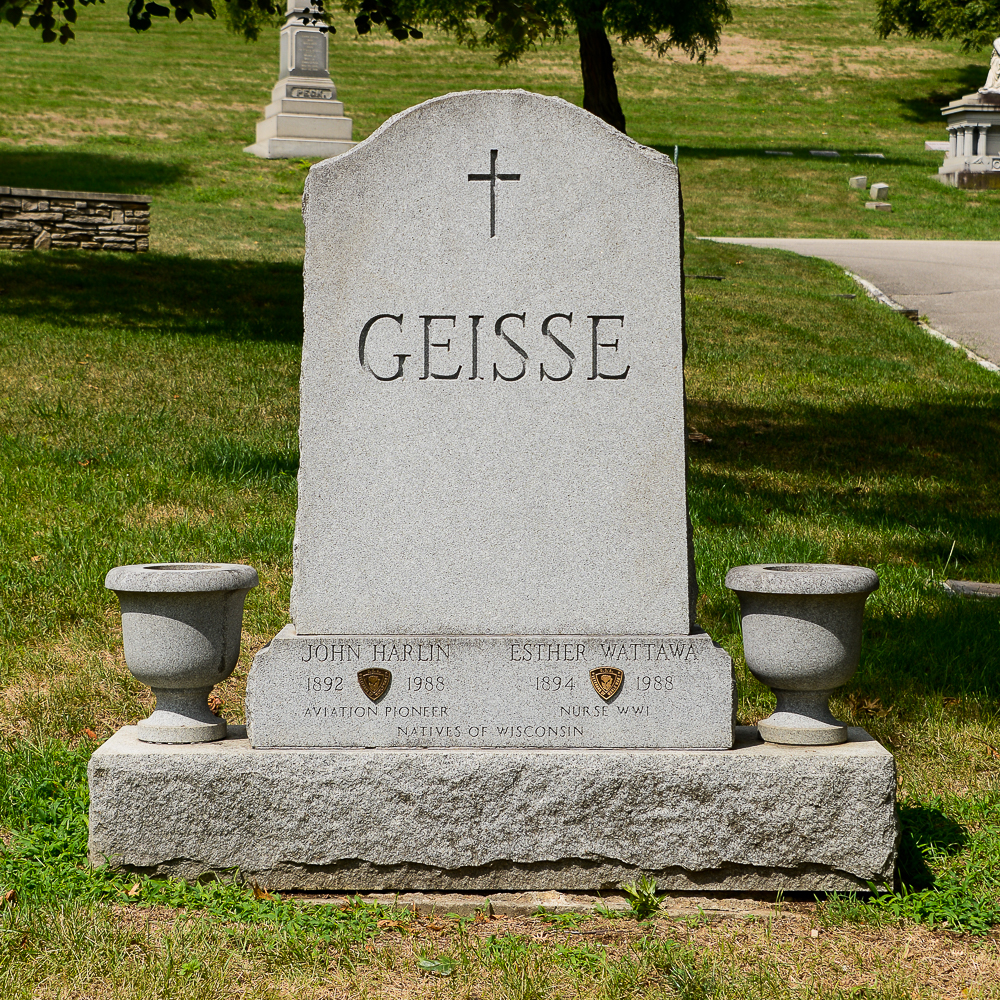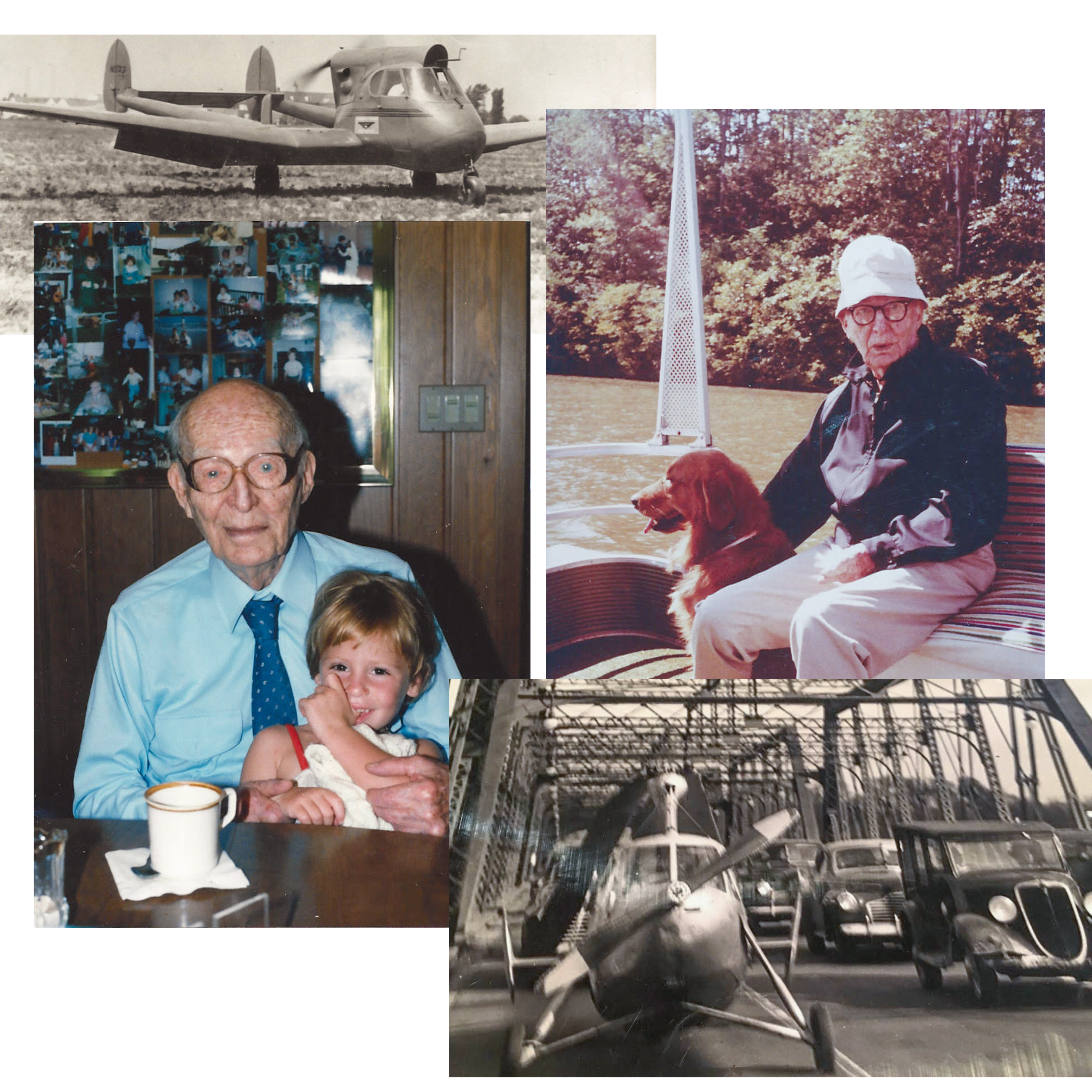John Harlin Geisse
John Harlin Geisse
Aviation Pioneer
(July 17, 1892-December 4, 1988)
A native of Wisconsin and a WWI-era Reserve Military Aviator, John Harlin Geisse pursued a career in aeronautical engineering, beginning as the chief engineer of the Navy Aeronautical Engine Laboratory in Philadelphia from 1922 to 1929, where he designed a new cooling system. In 1933, working for the Aeronautics Branch of the Department of Commerce, a forerunner of the Federal Aviation Administration, he organized a small airport construction program at a time when many airports were being built.
 This was just one of the ways he worked to promote private aviation. He also wrote the specifications for a prototype that used a tricycle-type undercarriage, which while controversial at first, proved to reduce the time necessary for flight training and ended up being adopted by the Air Force, Navy and civilian craft. In the 1940s, when convinced that the military had abandoned flight simulators because they did not adequately account for the kinesthetic cues of real flight, Geisse designed a new prototype that did. He went on to design the Geisse Cross Wind landing gear that made it possible for
This was just one of the ways he worked to promote private aviation. He also wrote the specifications for a prototype that used a tricycle-type undercarriage, which while controversial at first, proved to reduce the time necessary for flight training and ended up being adopted by the Air Force, Navy and civilian craft. In the 1940s, when convinced that the military had abandoned flight simulators because they did not adequately account for the kinesthetic cues of real flight, Geisse designed a new prototype that did. He went on to design the Geisse Cross Wind landing gear that made it possible for

planes to land in various cross-wind situations, making it unnecessary to build cross-wind runways at airports, saving them money and land. Another Geisse advancement was the first electrical wing de-icing system, thus making cold weather flying safer.
Geisse also designed the planes you see pictured here. One was designed so “even an 11-year-old could fly it,” and the other was designed with the idea that everyone could have one in their garage and drive or fly wherever needed.
After he retired from government service in 1949, the Department of Commerce awarded Geisse its Gold Medal in 1950 for his “outstanding contribution to the public service and the nation.” He went on to patent new designs and write aviation articles, including the aviation engine section of the Encyclopedia Britannica. He died in December 1988 at the age of 96 from heart failure. His wife, Esther, died just three months before.


